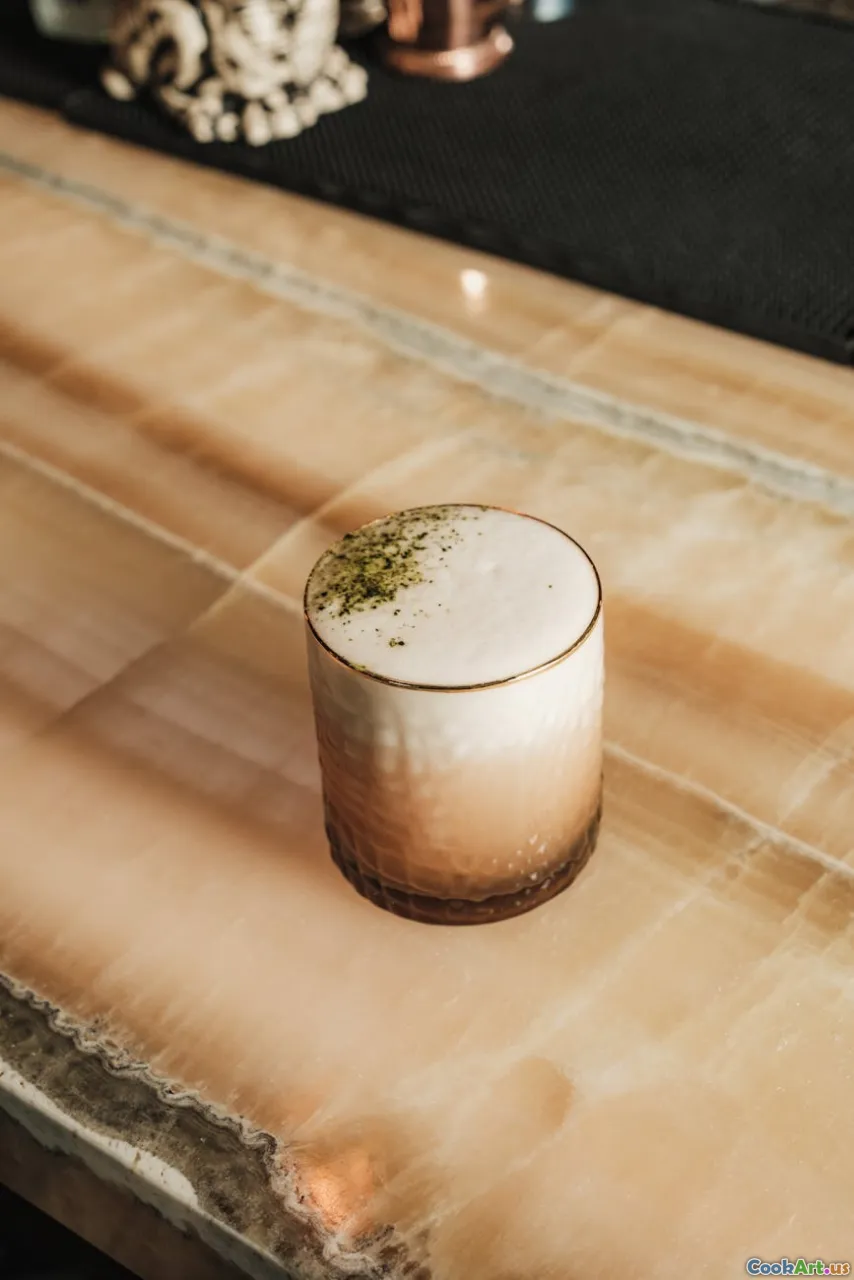The Science Behind Cocktail Foam
5 min read Discover the fascinating science of cocktail foam and how it enhances texture and flavor in your favorite drinks. April 10, 2025 16:01
The Science Behind Cocktail Foam
Cocktail foam is more than just a decorative element on your favorite drink; it’s a science that enhances texture, stability, and flavor. In this article, we’ll delve deep into the science behind cocktail foam, exploring its creation, components, and the techniques that mixologists use to craft these delightful frothy layers.
What is Cocktail Foam?
Cocktail foam is a light and airy layer that forms on the surface of a drink, typically created using ingredients that trap air, resulting in a fluffy texture. Whether it's the delicate egg white foam on a classic whiskey sour or the vibrant aquafaba foam made from chickpea water, these foams not only add visual appeal but also enhance the sensory experience of the drink.
The Chemistry of Foam
At its core, foam is a stable dispersion of gas bubbles within a liquid. When you whisk or shake a cocktail with foam-producing ingredients, you introduce air into the mixture. The stability of the foam relies on surface tension and the presence of proteins or emulsifiers that stabilize the bubbles.
Key Ingredients for Creating Foam
- Egg Whites: One of the most traditional and popular ingredients for cocktail foam. The proteins in egg whites, particularly ovalbumin, create a stable network that traps air, forming a rich, velvety foam.
- Aquafaba: A vegan alternative to egg whites, aquafaba is the viscous liquid from cooked chickpeas. It contains proteins and starches that mimic the foaming properties of egg whites, making it a favorite among plant-based mixologists.
- Gums and Stabilizers: Ingredients like xanthan gum, agar-agar, and gelatin can be used to stabilize foam, enhancing its longevity and texture. These ingredients are particularly useful in molecular mixology.
Techniques for Creating Cocktail Foam
- Shaking: The most common method for creating foam, shaking involves combining your ingredients with ice in a cocktail shaker. The vigorous motion incorporates air into the liquid, promoting foam formation. A dry shake (without ice) can be done first to create an initial foam, followed by a wet shake to chill the drink.
- Blending: High-speed blenders can aerate cocktails rapidly, creating a thicker foam. This technique is often used for frozen cocktails or blended drinks.
- Whipping: Using a hand mixer or a whisk can also create foam, especially useful for creating smaller batches or when dealing with delicate ingredients.
- Siphons: For a more advanced technique, bar siphons filled with nitrous oxide can produce a light foam that holds its shape longer than traditional methods.
The Role of Foam in Cocktails
Foam serves several purposes in cocktails:
- Texture: It provides a unique mouthfeel, adding creaminess without weighing down the drink.
- Flavor: Foam can enhance the aromatic profile of a cocktail. As you sip, the foam releases volatile aromas, intensifying the overall flavor experience.
- Visual Appeal: A well-crafted foam adds sophistication and allure, making drinks more visually striking.
Conclusion
The science behind cocktail foam merges culinary art with chemistry, allowing mixologists to create stunning drinks that tantalize the senses. Whether you’re a home bartender or a seasoned mixologist, understanding the principles of foam can elevate your cocktail game, offering a delightful experience in every sip. Experiment with different ingredients and techniques to discover the endless possibilities of cocktail foam, and enjoy the playful side of mixology!









